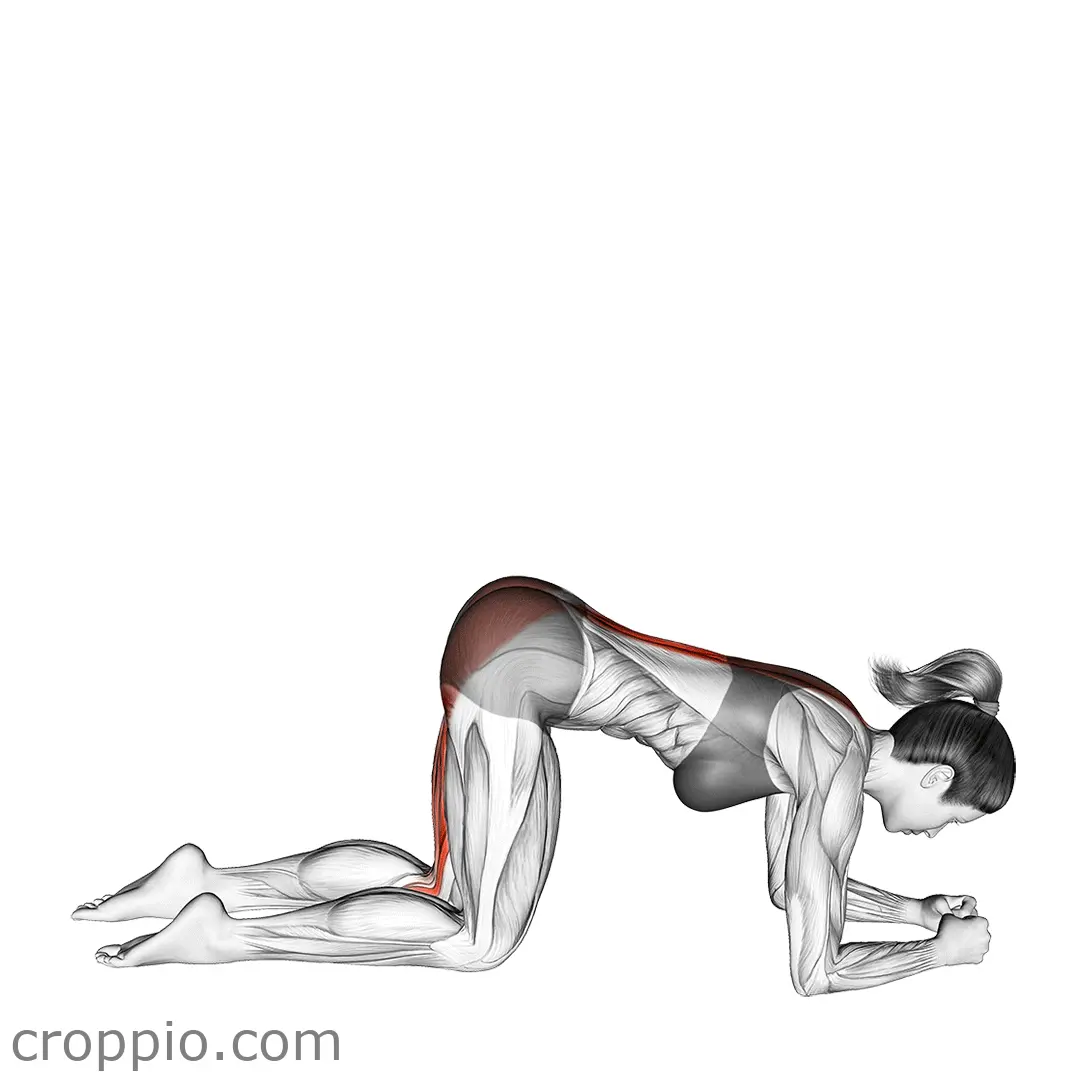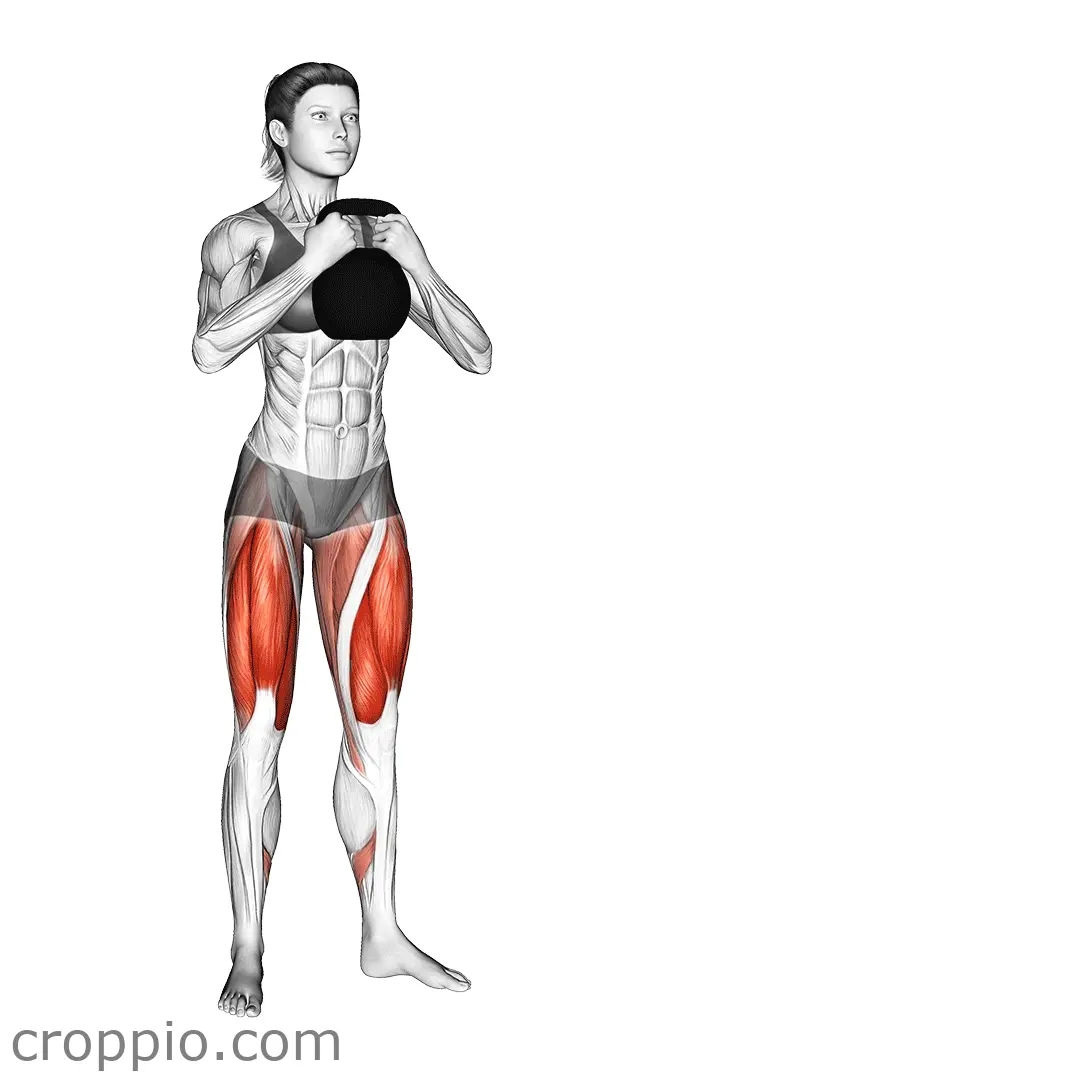Side Lunge

Muscles Involved
The side lunge primarily targets the gluteus maximus, quadriceps, and hamstrings, making it an effective exercise for building lower body strength. As you lunge to the side, your inner thigh muscles (adductors) also engage to stabilize the movement and control descent. Additionally, the calves and core muscles are activated to maintain balance and support your overall posture during the exercise.
Top Mistakes
- Allowing the knee to extend past the toes – This can lead to strain on the knee joint.
- Leaning too far forward – Maintaining an upright torso is crucial for proper form.
- Not pushing off enough from the lunging leg – This can lead to an ineffective movement and limit muscle engagement.
- Insufficient range of motion – Failing to lower adequately can prevent you from maximizing the benefits.
Execution Tips
- Start with your feet hip-width apart and take a big step to one side, bending the knee of the lunging leg.
- Keep the other leg straight and your hips back, ensuring that your weight is in the heel of the lunging foot.
- Maintain a neutral spine and keep your chest up throughout the movement.
- Push through the heel of the lunging leg to return to the starting position, engaging your glutes to drive upward.
- Perform the movement slowly and controlled to enhance stability and muscle engagement.
Workouts
The side lunge can be incorporated into your workout routine in several ways. A recommended approach is to perform 3 sets of 10-15 repetitions on each side, allowing for proper rest between sets. To enhance its effectiveness, consider pairing side lunges with complementary exercises such as squats or leg presses for a comprehensive lower body workout. Alternatively, integrate it into a circuit routine, performing one set alongside exercises like push-ups or planks to create a full-body challenge.
Conclusion
The side lunge is a versatile and effective exercise that not only strengthens your lower body but also improves flexibility and balance. By targeting multiple muscle groups, it enhances your overall athletic performance and functional movement patterns. Incorporating side lunges into your fitness regimen can lead to improved stability and reduced risk of injury, making it a valuable addition to any workout routine.



